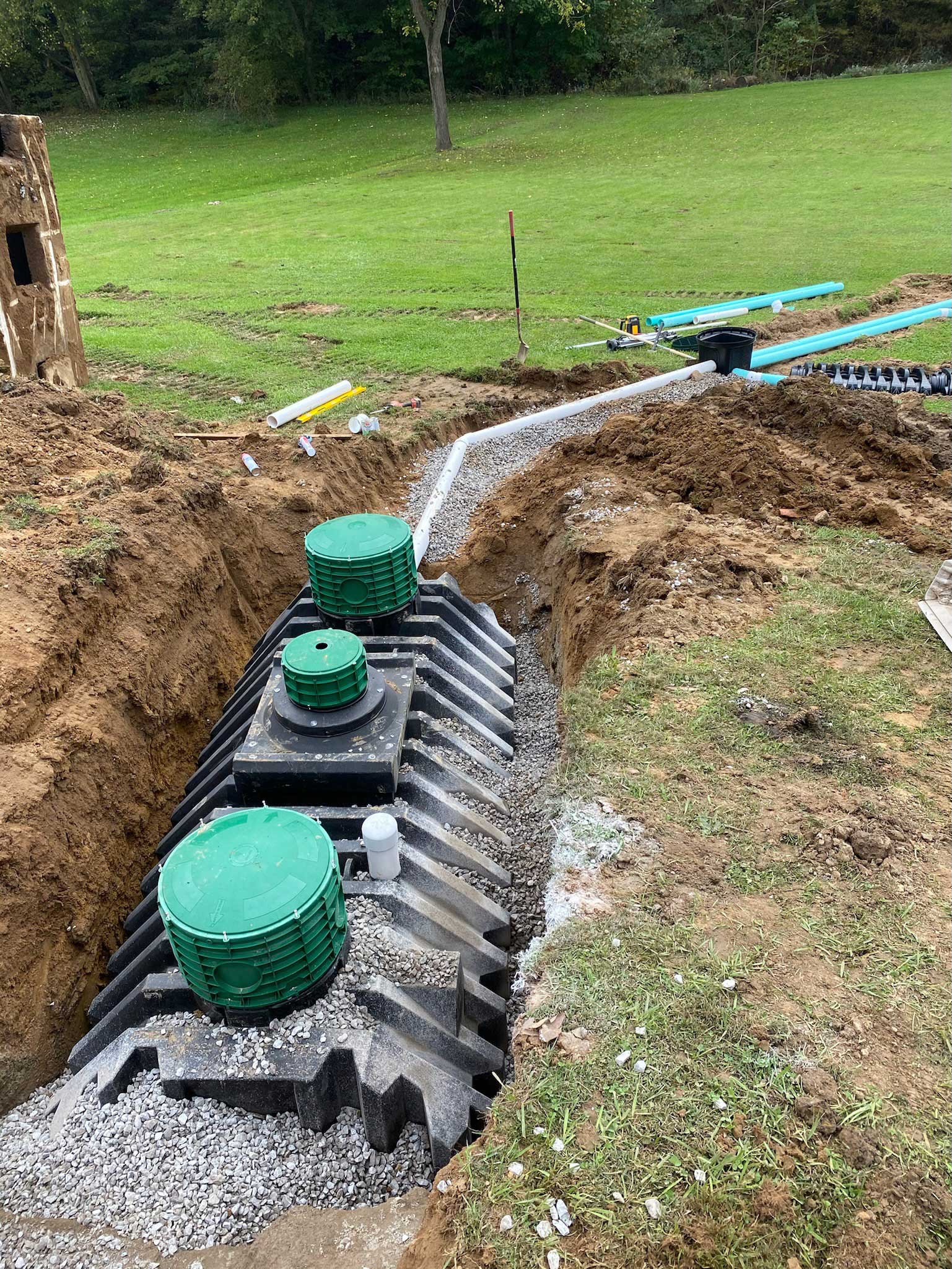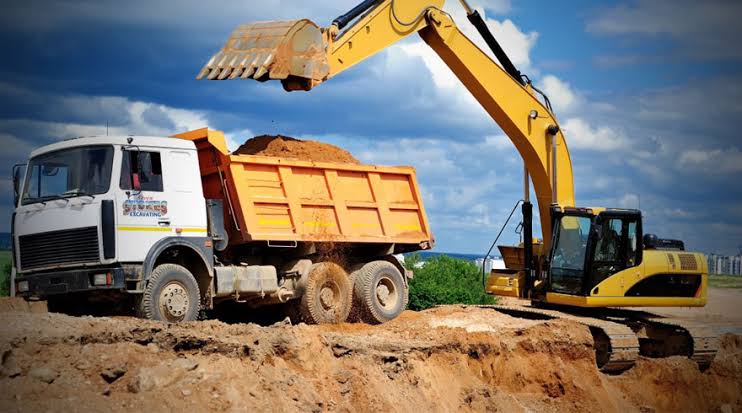Business Lancaster Trenching - Trenching Services for Organizations in Lancaster
Business Lancaster Trenching - Trenching Services for Organizations in Lancaster
Blog Article
In-Depth Expedition: The Science Behind Superior Excavation Practices
From old hand devices to modern-day hydraulic excavators, the evolution of excavation techniques has been a testament to human resourcefulness and technological developments. What absolutely establishes premium excavation practices apart is a deep understanding of geological concepts, coupled with the usage of cutting-edge devices and methods.
Evolution of Excavation Methods
Throughout history, the advancement of excavation methods has actually played a critical role beforehand building methods and archaeological discoveries. From the fundamental tools used by our ancestors to the innovative equipment employed in contemporary times, the progression of excavation methods has substantially changed just how we come close to various tasks.
In old times, hands-on labor with standard devices such as shovels, pickaxes, and wheelbarrows was the main technique of excavation. This labor-intensive procedure restricted the depth and extent of excavations, frequently causing slow-moving development and restricted access to certain sites. However, as worlds advanced, so did the tools and strategies utilized for excavation.
The Industrial Transformation noted a transforming point in excavation experiment the introduction of steam-powered machinery. This innovation changed the field, permitting faster and much more comprehensive excavations. In modern times, innovation plays a critical duty in excavation, with improvements like GPS systems, drones, and 3D scanning boosting accuracy and performance in the field. The evolution of excavation methods remains to form the way we develop, discover, and recognize the world around us.
Duty of Modern Technology in Excavation

The integration of cutting-edge modern technology has basically transformed the area of excavation, improving accuracy and efficiency to unprecedented levels - lancaster trenching. One of the essential technological developments that has dramatically influenced excavation practices is the use of General practitioner systems.
In addition, the development of 3D modeling and simulation software program has structured the planning process for excavation tasks. Engineers and operators can currently envision the entire excavation process prior to beginning, recognizing potential obstacles and maximizing workflow. Together with this, the implementation of drones in excavation tasks has helped with airborne studies, volumetric measurements, and website assessments with unparalleled rate and precision.
Geological Concepts in Excavation
An understanding of geological principles is vital for making sure the architectural integrity and stability of excavation websites. Geological variables play a crucial role in determining the feasibility and safety and security of excavation jobs.
Additionally, the geological framework of the location, including mistakes, cracks, and rock developments, need to be very carefully analyzed to identify possible risks and challenges. Digging deep into near fault lines or unsteady rock formations can cause instability and possible dangers. By performing detailed geological studies and analysis, excavators and designers can establish methods to mitigate dangers and make certain the effective conclusion of excavation tasks. Inevitably, including geological concepts right into excavation practices is critical for accomplishing safe, efficient, and lasting outcomes.

Most Recent Tools for Excavation
In the realm of excavation practices, contemporary technologies in devices have changed the efficiency and accuracy of excavation procedures. These drones can provide thorough airborne studies of excavation sites, providing real-time information on topography and prospective threats.
An additional cutting-edge tool acquiring appeal is the application of 3D printing technology for developing custom excavation tools. This permits the manufacturing of specialized devices that are customized to the specific demands of a task, raising performance and minimizing downtime.
Moreover, developments in products scientific research have led to the advancement of stronger and a lot more durable excavation tools. excavating ohio. Tungsten carbide-tipped excavator add-ons, as an example, offer remarkable performance in tough ground conditions, improving efficiency on-site
Scientific research's Influence on Excavation Practices

Furthermore, innovations in products science have caused the creation of more powerful, a lot more sturdy excavation tools and equipment. The use of composite products in diggers and shovels has improved their efficiency and longevity, eventually raising productivity on excavation sites. In addition, scientific study on soil auto mechanics and geotechnical engineering has offered beneficial insights into dirt actions, permitting excavation specialists to make educated decisions relating to my latest blog post excavation techniques and dirt stablizing methods. Overall, science continues to drive innovation and enhancement in excavation techniques, making excavation jobs a lot more efficient, cost-efficient, and lasting.

Conclusion
Finally, the evolution of excavation strategies has actually been greatly affected by improvements in technology and a much deeper understanding of geological concepts. The most recent tools and tools utilized in excavation have actually boosted efficiency and accuracy in the area. The application of clinical expertise has significantly enhanced excavation methods, leading to extra sustainable and effective approaches for digging deep into different kinds of products.
In the realm of excavation practices, modern advancements in tools have actually reinvented the effectiveness and precision of excavation procedures. By leveraging scientific principles, the excavation market has actually been able to substantially get redirected here enhance performance, accuracy, and safety in excavation processes. GPR allows excavation groups to non-invasively check and map subsurface structures, utilities, and potential dangers, allowing them to intend excavation tasks with better accuracy and decreased threat of mishaps.
Additionally, scientific study on soil technicians and geotechnical engineering has offered valuable understandings right into dirt actions, permitting excavation specialists to make enlightened choices pertaining to excavation approaches and soil stablizing methods. Generally, science proceeds to drive innovation and improvement in excavation methods, making excavation jobs extra efficient, cost-efficient, and lasting.
Report this page